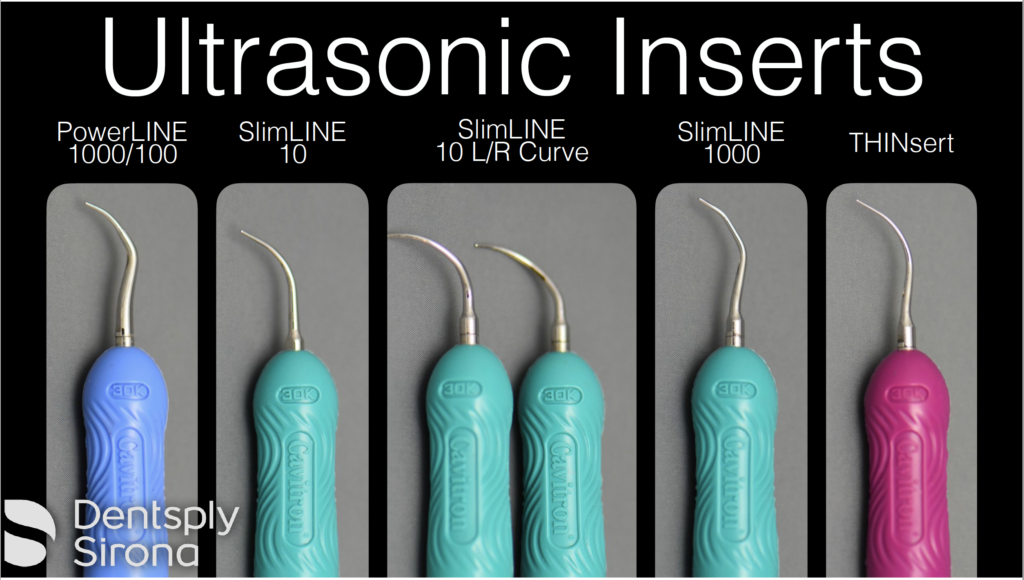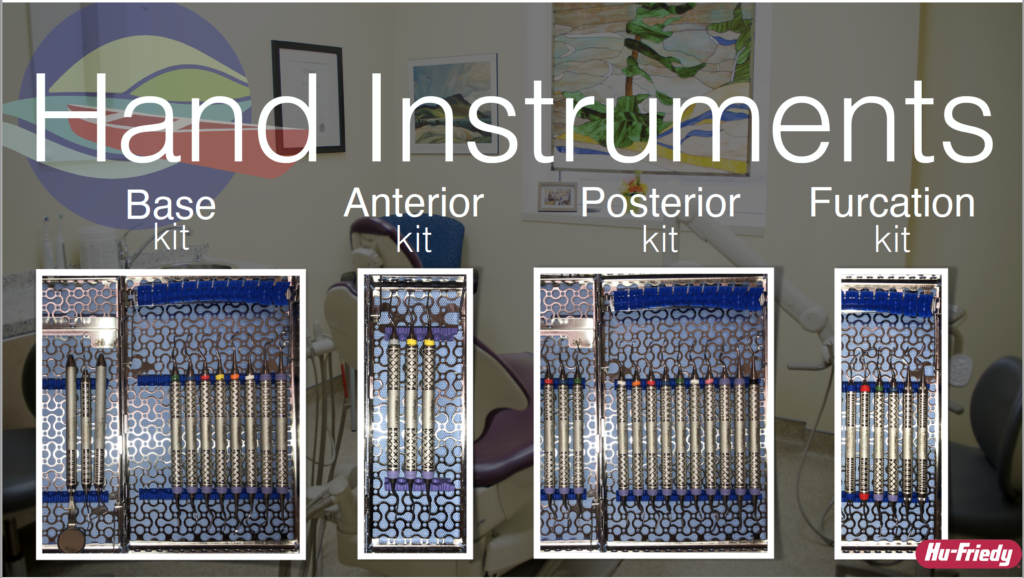https://drpeterfritz.com/wp-content/cache/breeze-minification/js/breeze_662548913d2f2613b8116868d0d35e00.js
https://drpeterfritz.com/wp-content/cache/breeze-minification/js/breeze_1943e8874e7fdc6adc5095b49935d799.js
https://drpeterfritz.com/wp-content/cache/breeze-minification/js/breeze_bc5921334610c2b79f7d53ae10119260.js
https://drpeterfritz.com/wp-content/cache/breeze-minification/js/breeze_cc080cb331929a81910ccc508478955f.js
https://drpeterfritz.com/wp-content/cache/breeze-minification/js/breeze_3d90f580a8e55c9c1158f602faadbf58.js
Skip to contenthttps://drpeterfritz.com/wp-content/cache/breeze-minification/js/breeze_256a6125989dfb94f860951ff784c784.js
https://drpeterfritz.com/wp-content/cache/breeze-minification/js/breeze_c72d6e74c5f221049d83bf71ec9faa77.js
https://drpeterfritz.com/wp-content/cache/breeze-minification/js/breeze_24d21a711f2ee6a9b535f61be9f9f694.js
https://drpeterfritz.com/wp-content/cache/breeze-minification/js/breeze_2fa0ab8fc834c13c58599d92caeb4bde.js
https://drpeterfritz.com/wp-content/cache/breeze-minification/js/breeze_36d41f9869fdc3674befa40600006793.js
https://drpeterfritz.com/wp-content/cache/breeze-minification/js/breeze_1cba8925c56dcf6c5febed7adfdb90bf.js
https://drpeterfritz.com/wp-content/cache/breeze-minification/js/breeze_1ab40b407a0d8c96a21bdfb4ec5bc813.js
https://drpeterfritz.com/wp-content/cache/breeze-minification/js/breeze_4bc852e8793ad5985b66473948c3db88.js
https://drpeterfritz.com/wp-content/cache/breeze-minification/js/breeze_dab0e43b0fe7a8166e130c777a15dea4.js
https://drpeterfritz.com/wp-content/cache/breeze-minification/js/breeze_87bfaea37a44400622d4ec6cf0eb212a.js
https://drpeterfritz.com/wp-content/cache/breeze-minification/js/breeze_a8b8a3f0395393b31c866159689a66e3.js
https://drpeterfritz.com/wp-content/cache/breeze-minification/js/breeze_998fd5841c2468d152f8d50e5d6aab96.js
https://drpeterfritz.com/wp-content/cache/breeze-minification/js/breeze_a7ed27dc7c0e4f9c2cd3e425317d71c6.js
https://drpeterfritz.com/wp-content/cache/breeze-minification/js/breeze_750de8f5770d7d9f6adfa97709c69387.js
https://drpeterfritz.com/wp-content/cache/breeze-minification/js/breeze_6ab13e934eea737211d7a8d497df9fab.js
https://drpeterfritz.com/wp-content/cache/breeze-minification/js/breeze_d9ddf32ac483f54586eaec7c42344a1d.js
https://drpeterfritz.com/wp-content/cache/breeze-minification/js/breeze_4810018876d5d4656b25a9afe322ec6a.js
https://drpeterfritz.com/wp-content/cache/breeze-minification/js/breeze_2bb09d0529273e7b7f070fa07a07ceab.js
https://drpeterfritz.com/wp-content/cache/breeze-minification/js/breeze_791277109772936253ce06e97031c590.js
https://drpeterfritz.com/wp-content/cache/breeze-minification/js/breeze_7eb51fed8fbf12bdf74afefc325a109d.js
https://drpeterfritz.com/wp-content/cache/breeze-minification/js/breeze_292882a3cc2bcf735110e45e6f853459.js
https://drpeterfritz.com/wp-content/cache/breeze-minification/js/breeze_a53f9519d91cd16d725cce623daec8a4.js
https://drpeterfritz.com/wp-content/cache/breeze-minification/js/breeze_e1f58bfdb9c5cae95161ebc1f0bb7ac5.js
https://drpeterfritz.com/wp-content/cache/breeze-minification/js/breeze_1261ca6ba2d857e9e214a00e501152aa.js
https://drpeterfritz.com/wp-content/cache/breeze-minification/js/breeze_88a8afce786d187d917591bb3de4eb4a.js
https://drpeterfritz.com/wp-content/cache/breeze-minification/js/breeze_4e1668a986bb0c9c56157f9517561a66.js
https://drpeterfritz.com/wp-content/cache/breeze-minification/js/breeze_1a386a609eb08e4d99a03c6985c7df42.js
https://drpeterfritz.com/wp-content/cache/breeze-minification/js/breeze_f031203f299746e9ce7bb25148404ed9.js
https://drpeterfritz.com/wp-content/cache/breeze-minification/js/breeze_7704b80764423e659dd20ef8cee295d3.js
https://drpeterfritz.com/wp-content/cache/breeze-minification/js/breeze_93fc9da73e14971fc7e62b168cc82356.js





